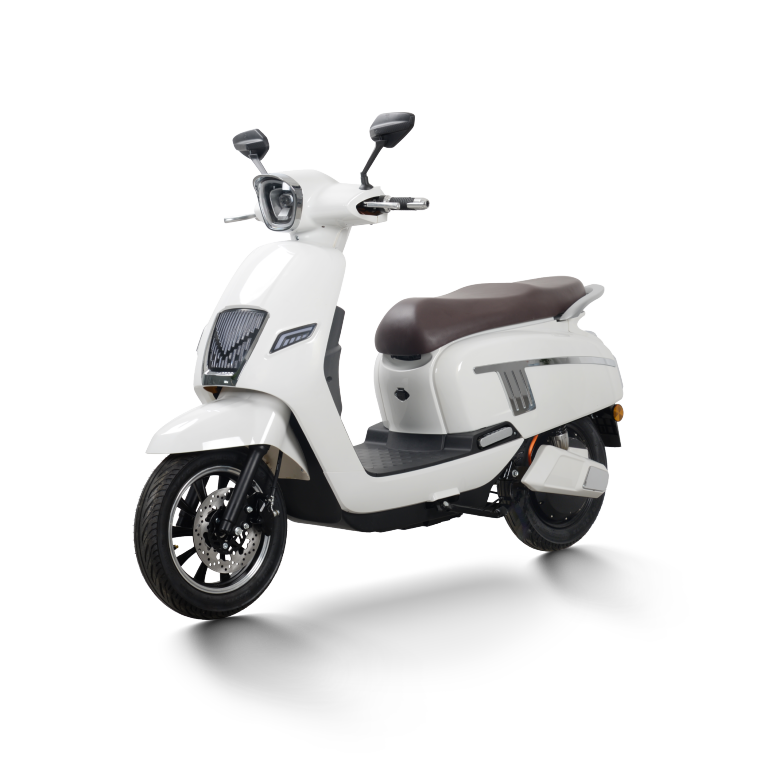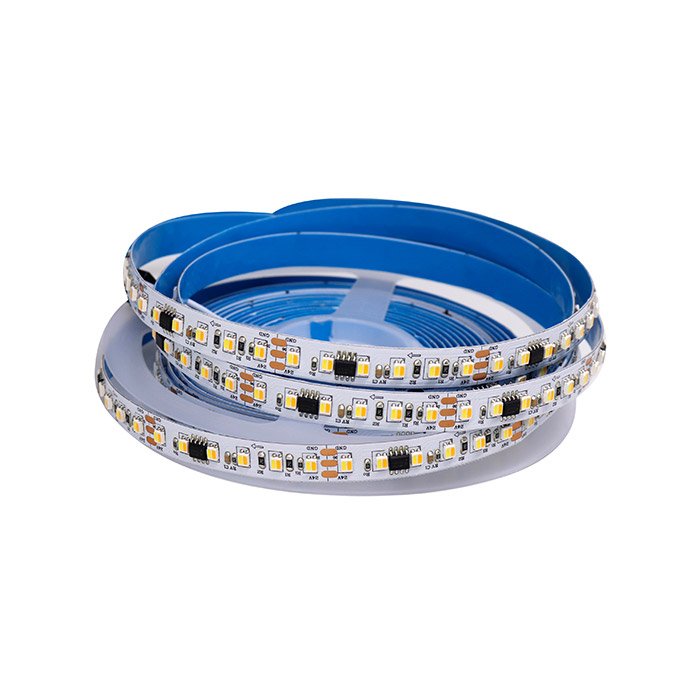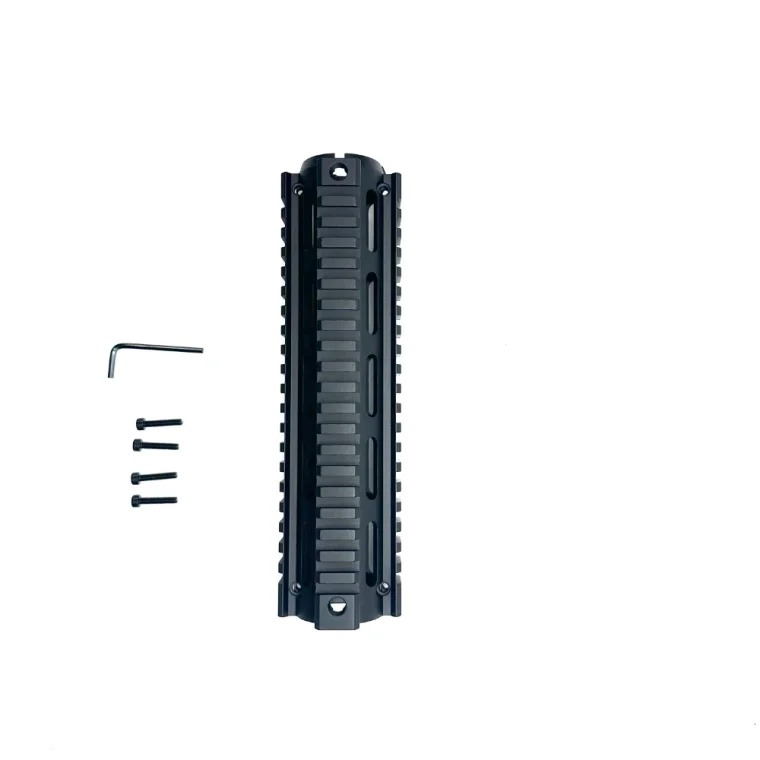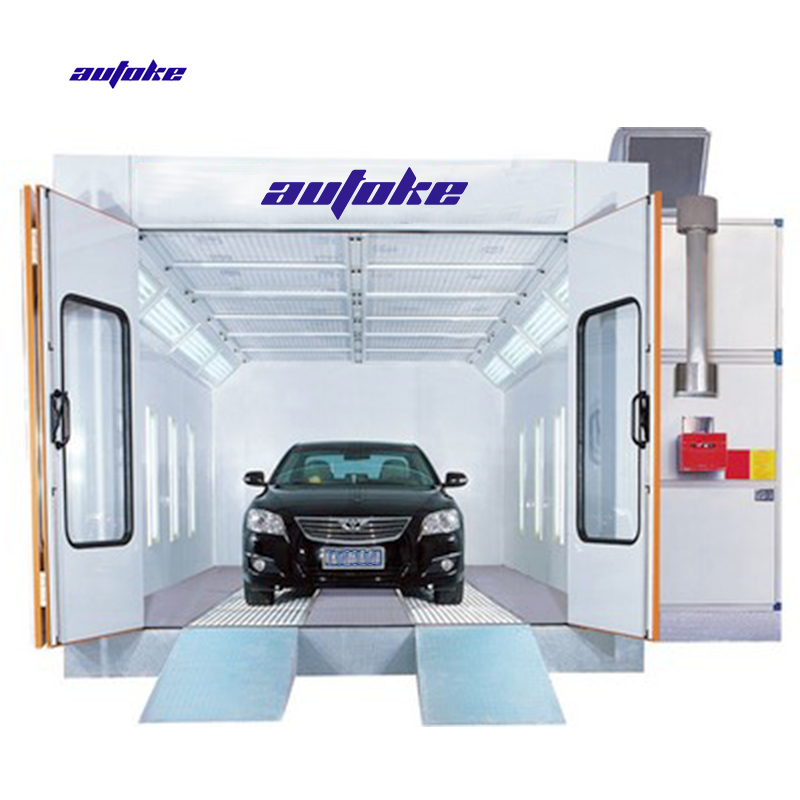The rise of electric cycles has revolutionized the way people commute, offering an eco-friendly, efficient, and often faster alternative to traditional modes of transportation. From e-bikes to electric scooters and tricycles, the world of electric two-wheelers is expanding rapidly, and with this growth comes a range of prices for these innovative vehicles. But what exactly determines the price of an electric cycle? Understanding the key factors that affect electric cycle prices can help consumers make an informed decision when purchasing an e-bike.
In this article, we'll explore the various elements that contribute to the cost of an electric cycle and highlight how companies like Aichuanke Technology, which specializes in electric two-wheelers such as electric bicycles, scooters, and tricycles, offer a variety of options that cater to different needs and budgets.

1. Battery Type and Capacity
One of the most significant factors influencing the price of an electric cycle is the battery type and capacity. The battery determines how far the e-bike can travel on a single charge and how long it will last before needing to be replaced. Generally, the larger the battery and the higher its capacity (measured in watt-hours, or Wh), the more expensive the e-bike.
E-bikes with high-capacity batteries are ideal for long-distance commuters, while those with smaller batteries may be better suited for city riders or short trips. For example, Aichuanke Technology offers e-bikes with different battery options, allowing customers to choose based on their riding distance and frequency of use.
Batteries made from lithium-ion (Li-ion) tend to be more expensive than traditional lead-acid batteries because they offer better performance, lighter weight, and longer lifespan. This makes lithium-ion batteries a common choice in higher-end e-bikes, which drives up their overall price.
2. Motor Power and Performance
The motor power of an electric cycle is another key factor that affects its price. The motor is responsible for providing the electric assistance when pedaling, so the more powerful the motor, the better performance it will offer, especially when going uphill or on rough terrain. Most e-bikes feature motors that range from 250W to 750W, with some models going even higher for specialized uses.
Higher wattage motors are typically found in premium e-bikes designed for performance, such as mountain bikes or speed bikes. For instance, Aichuanke Technology offers electric cycles with motors of varying power levels, so riders can choose a model that suits their needs, whether it's for casual commuting or more challenging terrains.
Generally, more powerful motors also contribute to a higher price tag due to the increased cost of production and the advanced technology required to ensure smooth, reliable performance.
3. Build Quality and Materials
The frame and components of an electric cycle also play a significant role in determining its price. E-bikes are typically built with materials such as aluminum, steel, or carbon fiber. Aluminum frames are lightweight and resistant to rust, making them a popular choice for mid-range e-bikes. Steel frames, while heavier, tend to be more affordable and are often used in budget-friendly models.
Higher-end e-bikes, such as those made with carbon fiber frames, offer an even lighter weight, which can improve performance and make the ride more comfortable. However, the cost of materials and manufacturing for carbon fiber frames is much higher, thus driving up the overall price of the bike.
Additionally, the quality of other components such as the suspension, brakes, gears, and tires can impact the price. Premium e-bikes come with high-quality parts that provide better durability, comfort, and safety, while budget models may have basic components.
4. Technology and Features
Modern electric cycles come equipped with various smart technologies and features that can increase their price. These can include features such as:
-
Integrated displays to show speed, battery level, distance traveled, etc.
-
Bluetooth connectivity for tracking performance via mobile apps.
-
Regenerative braking to recharge the battery when braking.
-
Built-in lighting systems for safety during night rides.
-
Locking mechanisms for added security.
While these features enhance the riding experience, they also contribute to the overall cost of the bike. For instance, Aichuanke Technology provides advanced electric tricycles and bikes that are designed with the latest smart features for a more connected and convenient riding experience. The added technology and enhanced functionality can increase the price, but they may be worth it for riders seeking more comfort, convenience, and safety.
5. Brand and Market Positioning
Like with any consumer product, the brand plays a significant role in determining the price of an electric cycle. Established brands like Aichuanke Technology, which specializes in high-quality electric bicycles, scooters, and tricycles, tend to have a reputation for reliability and performance. As a result, these brands may charge a premium for their products, which come with warranties, customer service, and a trusted reputation.
New or lesser-known brands may offer similar features at a lower price point, but buyers may have to weigh the trade-offs in terms of durability, performance, and after-sales support.
6. Type of Electric Cycle
The type of electric cycle you choose—whether it's an electric scooter, bicycle, or tricycle—also affects the price. For example, electric tricycles tend to be more expensive than electric bicycles due to their larger frames, extra wheels, and added features such as cargo space. Aichuanke Technology offers a variety of electric cycles, including electric tricycles, which are ideal for those needing extra stability or space for transporting goods.
Electric bicycles, on the other hand, are generally more affordable, with prices varying based on battery size, motor power, and materials used. Electric scooters are usually the most affordable option, making them ideal for short-distance commutes or city rides.
7. Market Demand and Location
Lastly, the demand for electric cycles in different regions can influence prices. In areas where e-bikes are more popular and widely available, prices may be more competitive. However, in regions with less demand or fewer suppliers, the cost of purchasing and maintaining an electric cycle can be higher due to shipping costs and limited availability.
Conclusion
The price of an electric cycle is determined by a combination of factors, including battery capacity, motor power, frame materials, technology features, and the brand’s reputation. By understanding these factors, consumers can make more informed decisions based on their specific needs, preferences, and budgets.
Aichuanke Technology, with its wide range of electric cycles, scooters, and tricycles, offers solutions that cater to different riders, from those seeking affordable daily commuters to those requiring high-performance machines for long rides and rugged terrains. Whether you're looking for an entry-level electric bike or a premium tricycle with advanced features, there’s an electric cycle for every rider and budget.
Choosing the right e-bike involves balancing performance and price, but with careful consideration of the key factors mentioned above, you can find the perfect model that meets both your needs and your budget.
www.ackmoto.com
Wuxi Aichuanke Technology Co., Ltd.





